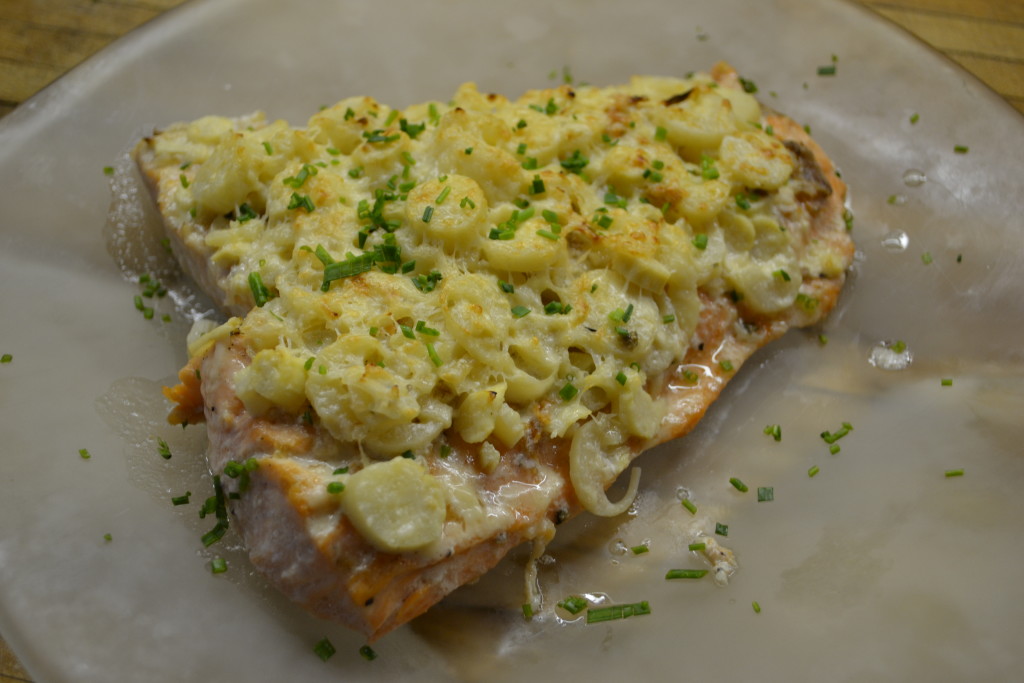On Sunday supplement
Food and Wine
Slender cylinders of gleaming ivory, firm on the outside, tender, moist and creamy on the inside. Sounds like perfection in a vegetable, and for some, the palmito, or heart of palm, is just that. But, just what is it? Does it really have anything to do with palm trees? Why do old British cookbooks refer to it as “burglar’s thigh” and Americans call it swamp cabbage? And just exactly what can you do with it?
First off, yes, it has everything to do with palm trees. Particular varieties that are harvested when young, generally when the trunk of the palm reaches about two meters in height and ten centimeters in diameter. Let it go past that point and the inner core of the tree starts to become fibrous and woody. But harvested at that point it’s one of the world’s great under-sung vegetables.
Traditionally harvested in Brazil from wild palms, closely related to the coconut palm, the trees were single stemmed – that meant that for roughly every two dozen hearts of palm stuck in a can a future tree was lost, and they took two years to reach that size. Ecuador, meanwhile, cultivated a “self-suckering”, “multi-stem” variety that often sends up as many as forty trunks, reaching the necessary size within a single growing season, and they regenerate themselves.
Here in Argentina, you see the cans in every supermarket and dietética. On restaurant menus they appear raw in salads, or mixed with shrimp and mayo and stuffed into an avocado half. They’re tossed on pizzas and milanesas, often drowned in swirls of salsa golf, the local mayo-ketchup blend. They make appearances in savory tarts, usually baked with the ubiquitous ham and cheese.
High in protein and low in fat, palm hearts can be cooked in the manner of many another vegetable. An old local recipe uses thin rounds cooked down in a white wine, heavy cream and butter sauce, ladled over slabs of pork loin, covered in cheese, and then baked in the oven until golden brown. It’s an amazing, savory dish that unfortunately is also packed with fat and salt. I’ve taken the classic as an inspiration to create a wonderful salmon dish. And “burglar’s thigh”, “swamp cabbage”? Not a clue. Searched through every historical text I could lay my hands on, print and online, and not one explanation.
Salmon and Palmito Gratin
4 fillets of salmon, 150 gm each, skin and bones removed
4 tablespoons olive oil
1 large clove garlic, finely chopped
1 large shallot, finely chopped
60 ml dry white wine
200 ml plain yogurt
120 ml low-sodium vegetable stock
100 gm palm hearts, rinsed, sliced in rounds (roughly 4 hearts)
50 gm grated cheese (I’m fond of local Romano or Grana Pampeana)
salt and pepper
chives, finely chopped
Sprinkle the salmon fillets with a little salt and several grinds of pepper, and then rub all over with the chopped garlic and olive oil. Let sit for 30 minutes at room temperature. Heat a skillet over high heat for about ten minutes, until it’s hot. Place the salmon fillets in the pan (no extra oil is needed) with the side that had the skin face down. Cook for 2 minutes until lightly golden and then flip them over. Cook for just 1 minute and remove to a baking dish.
Turn the heat down to medium and add the shallots, cook for a minute, then add the wine to deglaze the pan, scraping any stuck bits into the mix. Cook for a minute, then add the stock, yogurt, and palm heart slices. Continue stirring and cook for 10 minutes.. Adjust the seasoning to your taste with salt and pepper. Spoon over the fillets, piling up the palmitos atop. Cover with grated cheese and stick under the broiler for 5 minutes until golden brown. The salmon should just barely be cooked through. Serve, garnished with chives.
A series of recipes and articles that I started writing for the Buenos Aires Herald Sunday supplement, Food & Wine section, at the beginning of 2012. My original proposal to them was to take local favorite dishes and classics and lighten them up for modern day sensibilities. We’re not talking spa or diet recipes, but at the very least, making them healthier in content, particularly salt, fat and portion size. As time went by, that morphed into a recipe column that, while emphasizing food that is relatively “good for you”, wasn’t necessarily focused on local cuisine. At the beginning of 2013 I decided to stop writing for them over some administrative issues, but it was fun while it lasted.

In my off-hours, I write for a peculiar and quixotic project to define every word in English in a limerick. I’d run across the phrase “burglar’s thighs,” and the statement that it was used in old British cookbooks was more about it than I was able to find anywhere else.
In partial repayment, I can explain “swamp cabbage.” In the coastal southeastern U.S., the palm used as its source was the sabal or cabbage palm, which grows wild in wetland high ground.
If you’re curious about the limerick, please email me. 🙂
Thanks!